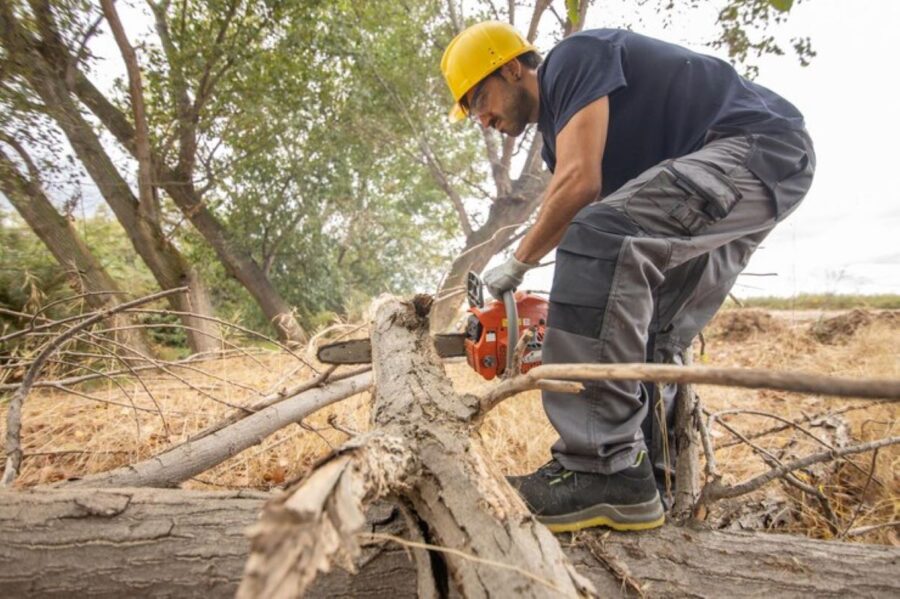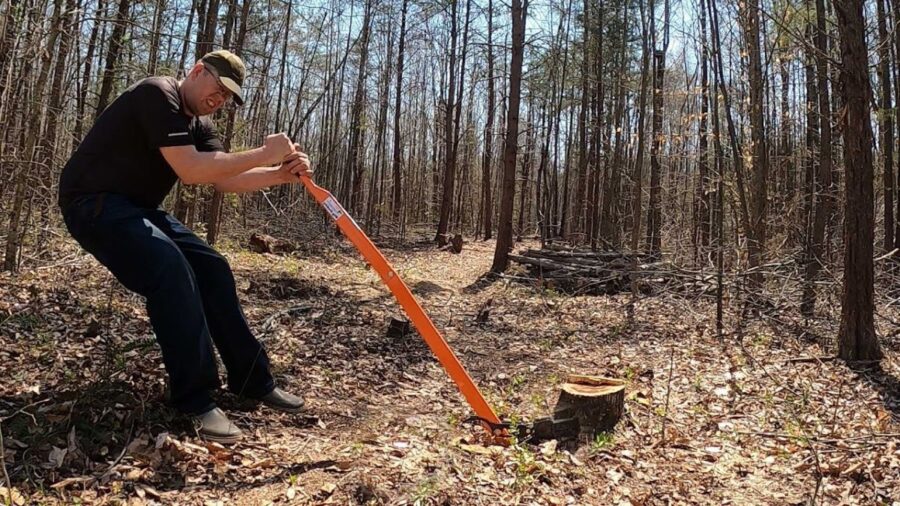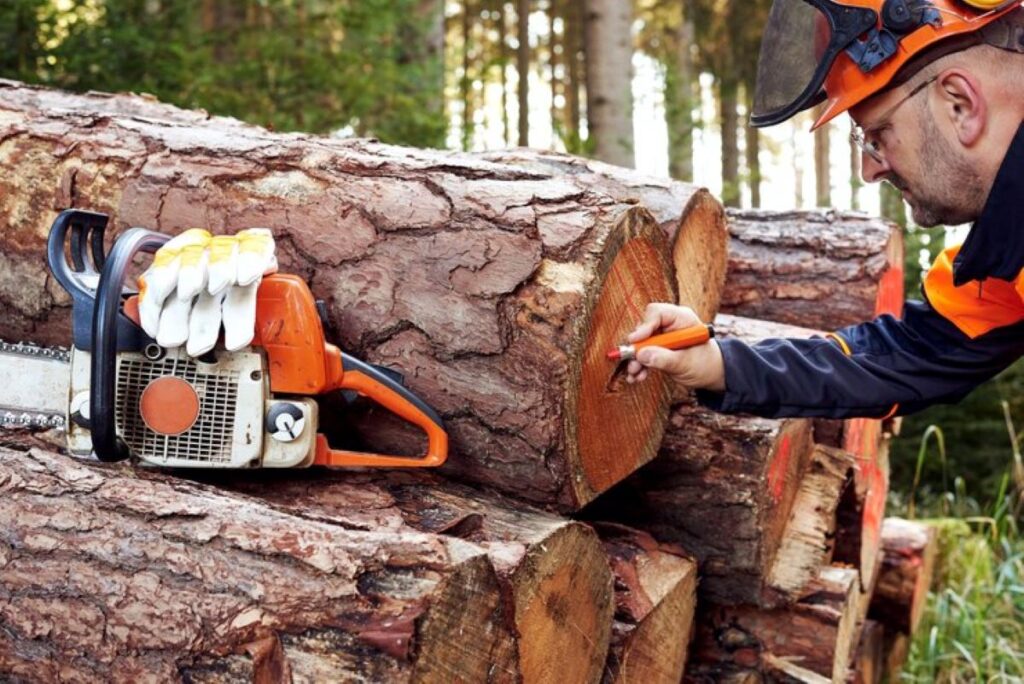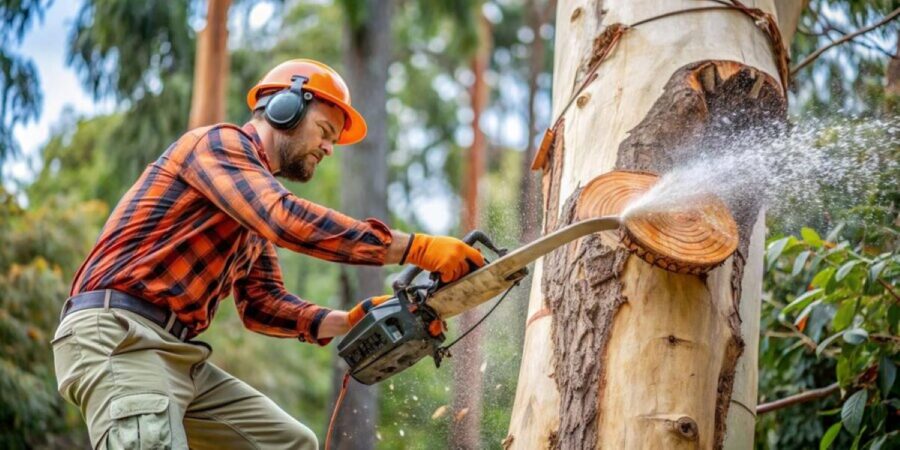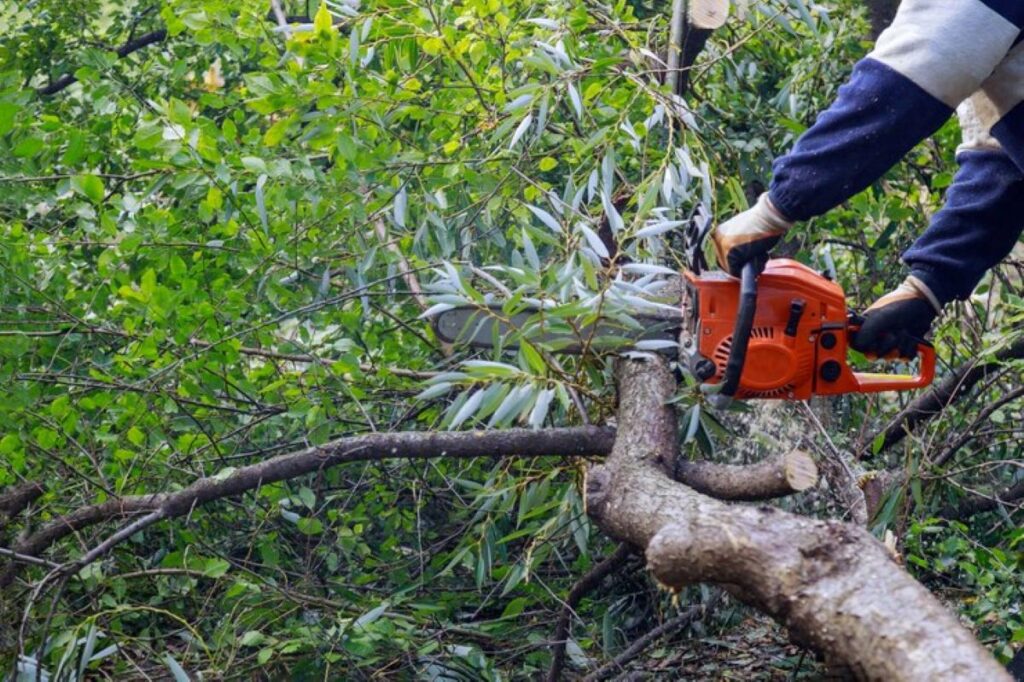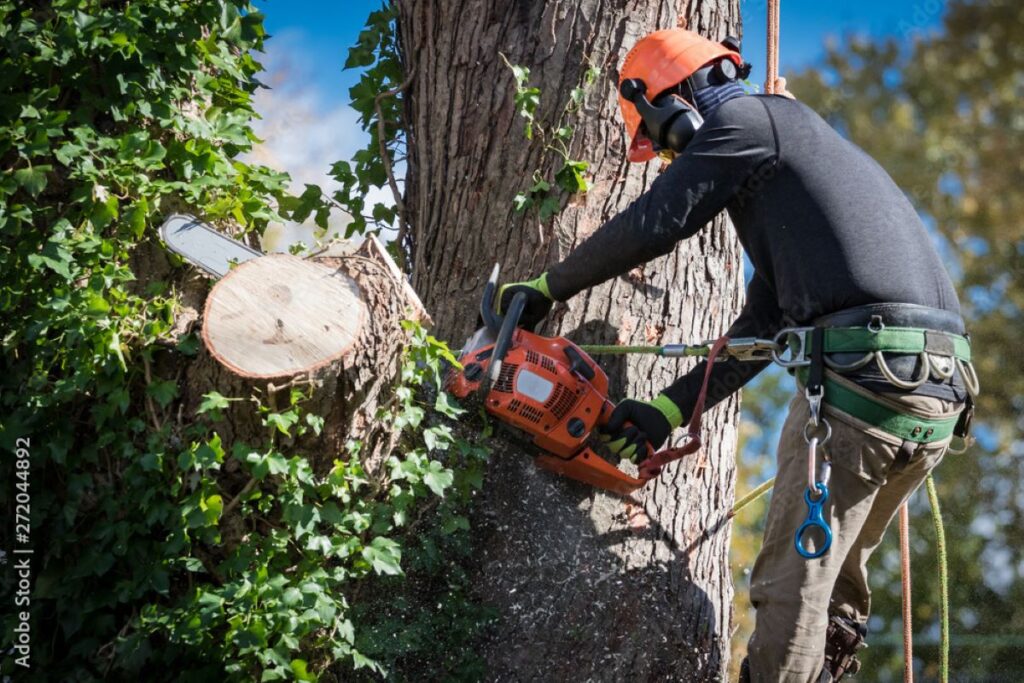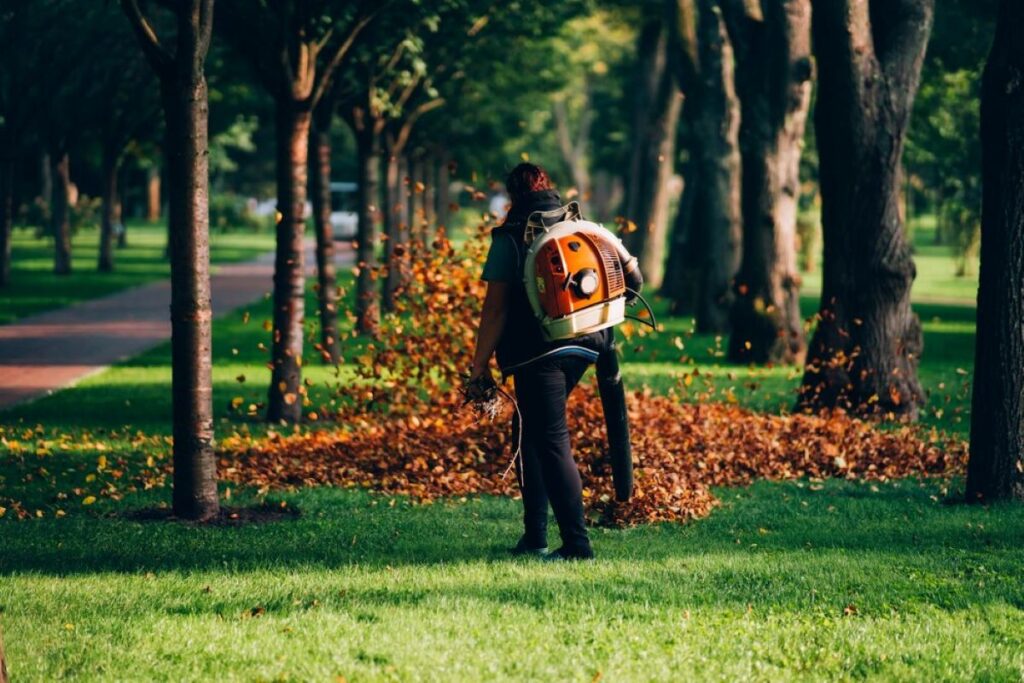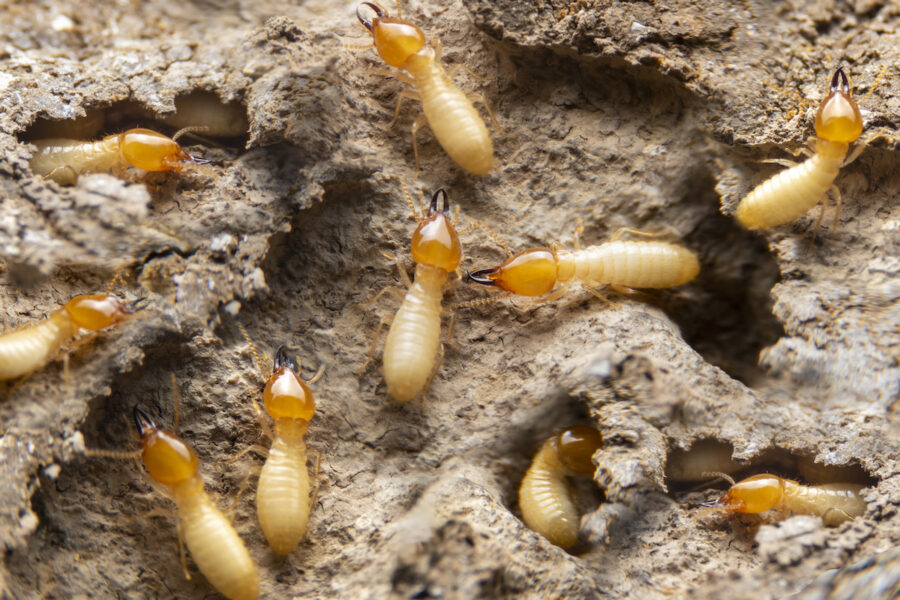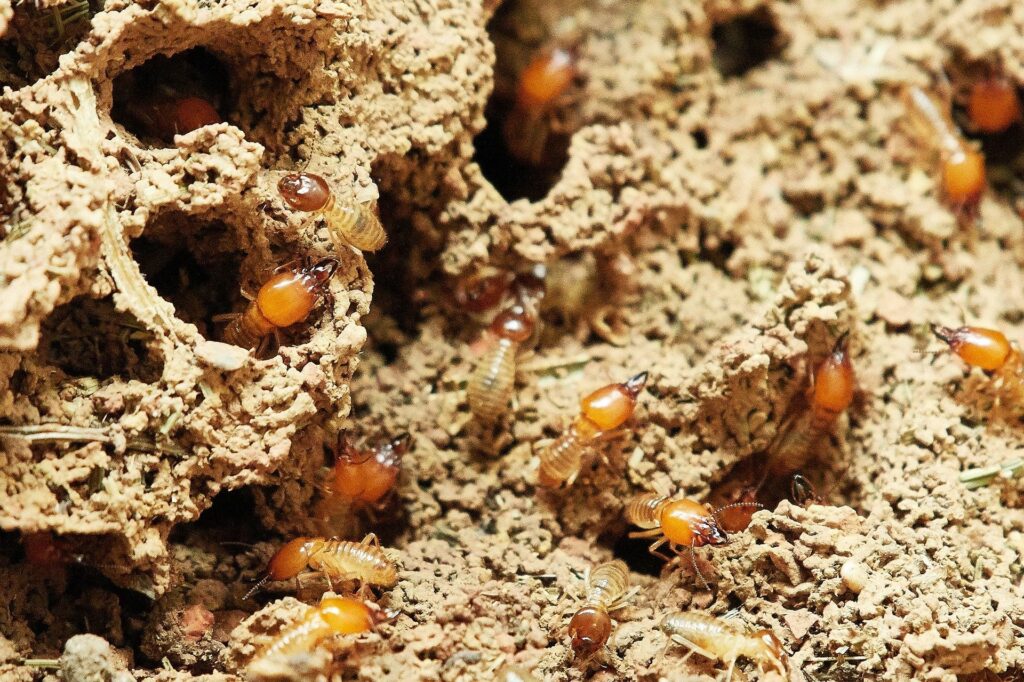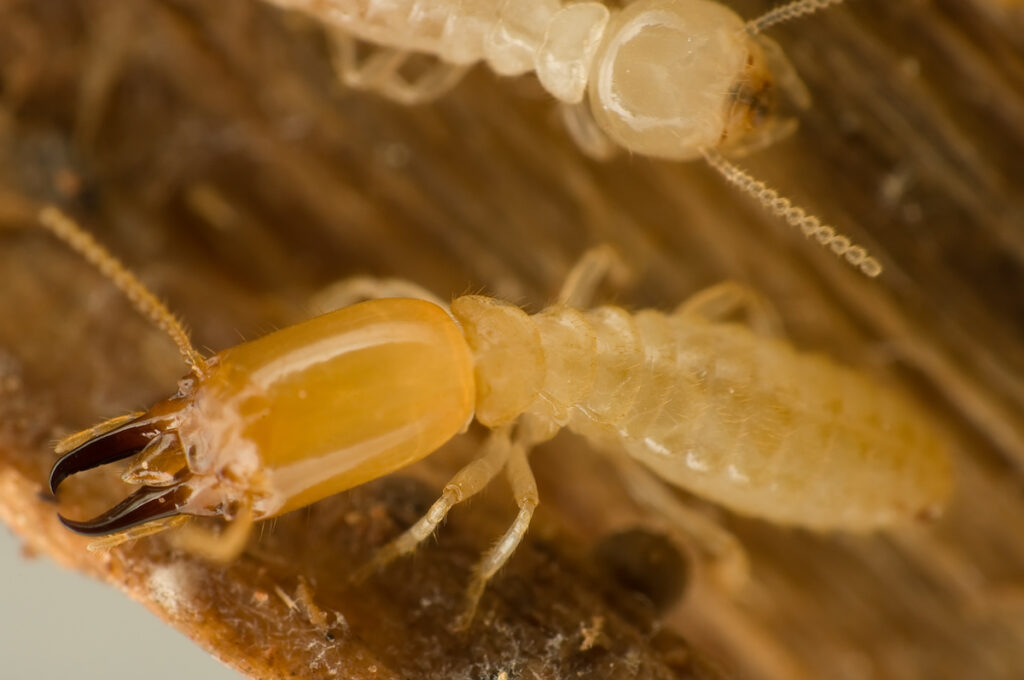When it comes to dealing with unwanted tree stumps in your garden or yard, homeowners often find themselves at a crossroads: should they opt for stump removal or stump grinding? Both methods have their pros and cons, and understanding the differences in cost, effectiveness, and impact on your landscape is crucial in making an informed decision. This guide will delve into the financial aspects of both options, helping you determine which method is more economical for your situation.
Understanding Stump Grinding
Tree stump removal is a process that involves using a specialised machine to grind down the stump into small wood chips. This method is generally favoured for its cost-effectiveness and efficiency. The average cost for stump grinding ranges from $120 to $400 per stump, depending on factors such as size and location. For particularly large hardwood stumps, costs can escalate up to $800 in challenging conditions.
One of the primary reasons homeowners choose stump grinding is its affordability. According to experts, stump grinding typically incurs lower labour and equipment costs compared to stump removal. This makes it an attractive option for those looking to clear their yard without breaking the bank.
Cost Breakdown of Stump Grinding
- Small Stumps (up to 12 inches): Costs range from $40 to $75.
- Medium Stumps (12 to 24 inches): Typically priced between $75 and $150.
- Large Stumps (over 48 inches): Can cost between $150 and $250.
These price ranges indicate that stump grinding is a viable option for most homeowners, especially when dealing with smaller stumps. Additionally, the process is relatively quick, often taking only a couple of hours, which further reduces labour costs.
Exploring Stump Removal
Stump removal, on the other hand, is a more invasive process that involves uprooting the entire stump and its root system. This method is generally more expensive, with costs ranging from $370 to $675 for a standard 20-inch diameter stump. The higher price tag is attributed to the heavy machinery required and the time-consuming nature of the task.
While stump removal can be more costly, it offers the advantage of completely eliminating the stump and roots from your property. This can be particularly beneficial if you plan to replant in the same area or if you are concerned about potential pest issues associated with decaying stumps.
Factors Influencing Stump Removal Costs
- Size of the Stump: Larger stumps require more effort and time to remove, thus increasing costs.
- Location: Stumps located in hard-to-reach areas may incur additional charges due to the complexity of the job.
- Root System: A stump with an extensive root system will take longer to remove and may require more specialised equipment.
For those considering stump removal, it is essential to weigh the long-term benefits against the immediate costs. While it may be pricier, the complete removal of the stump can lead to a more aesthetically pleasing yard and eliminate potential hazards.
Comparative Analysis: Cost vs. Value
When comparing stump grinding and stump removal, it’s important to consider not just the upfront costs but also the long-term value each method provides. Stump grinding is often seen as a more budget-friendly option, especially for smaller stumps. However, if you are looking for a permanent solution that allows for future landscaping or planting, stump removal may be worth the investment.
Moreover, stump grinding leaves behind wood chips, which can be used as mulch in your garden. This can add value to your landscaping efforts, making it a more sustainable choice for some homeowners. Conversely, stump removal leaves a clean slate but may require additional landscaping to fill the void left behind.
Market Trends and Consumer Preferences
According to recent market research, stump grinding held a significant market share of 45% in 2026, compared to 35% for stump removal and 20% for combined services. This trend indicates a growing preference for stump grinding, likely due to its cost-effectiveness and efficiency.
Additionally, the stump grinder industry is experiencing dynamic growth, driven by technological advancements and innovative product launches. This evolution is making stump grinding even more accessible and efficient for homeowners, further solidifying its position as the preferred choice for stump management.
Environmental Considerations
Both stump grinding and stump removal have environmental implications that homeowners should consider. Stump grinding is generally less disruptive to the surrounding ecosystem, as it leaves the root system intact, allowing for natural decomposition. This process can enrich the soil over time, promoting healthy plant growth.
On the other hand, stump removal can lead to soil disturbance, which may affect the surrounding plants and wildlife. However, it does eliminate the potential for pests and diseases that can thrive in decaying stumps. Homeowners should evaluate their specific environmental goals when deciding between the two methods.
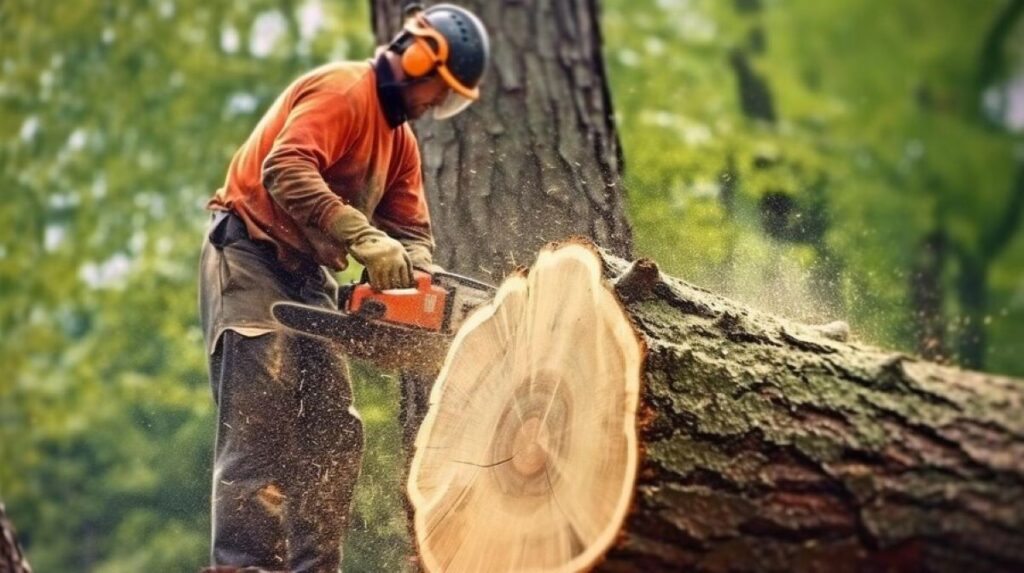
Choosing the Right Option for Your Needs
Ultimately, the decision between stump grinding and stump removal will depend on your specific circumstances, including budget, yard plans, and personal preferences. If you are looking for a quick, cost-effective solution for smaller stumps, stump grinding is likely the best option. However, if you have larger stumps or plan to replant in the same area, stump removal may be the more prudent choice.
It is advisable to consult with professional tree care services to obtain quotes and insights tailored to your situation. They can provide valuable advice on the best method for your yard and help you understand the costs involved.
Conclusion
In conclusion, both stump grinding and stump removal have their advantages and disadvantages, particularly when it comes to cost. Stump grinding generally offers a more affordable and quicker solution, while stump removal provides a thorough approach to eliminating stumps and roots. By considering your specific needs, budget, and long-term landscaping goals, you can make an informed decision that best suits your property.
Whether you choose to grind or remove, taking action against unwanted tree stumps will enhance the beauty and safety of your outdoor space. So, weigh your options carefully, and take the next step towards a stump-free garden!
Related : Stump Removal Sydney: What’s the Best Time of Year to Do It?


